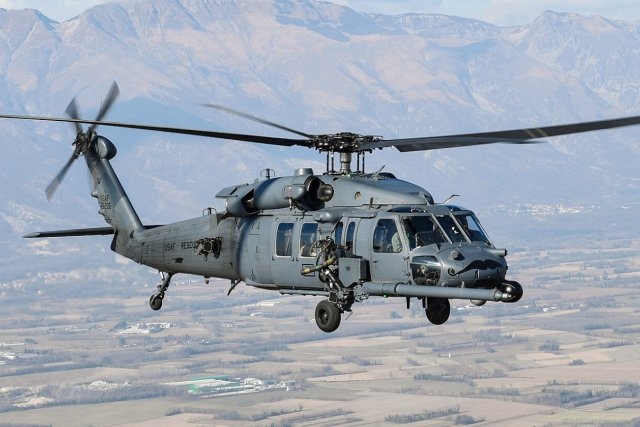U.S. Air Force E-8C Joint STARS Airframes Operationally Viable Through 2070
MELBOURNE, Fla. --- A recently updated U.S. Air Force study on the E-8C Joint Surveillance Target Attack Radar System (Joint STARS) airframe indicates that the fleet could stay in service beyond 2070. The E-8C is a Northrop Grumman Corporation modified commercial aircraft that detects, locates, classifies, tracks and targets hostile ground movements, communicating real-time information through secure data links.>> The intent of the report was to look at the effects of the E-8C airframe refurbishment completed during production and how that investment has resulted in the airframe being operationally and economically sustainable for 60 more years. Initially completed in 2004, the E-8C Airframe Sustainability Analysis was updated using data collected under the Aircraft Individual Tracking Program over the past four years. The analysis covered the program, fleet background, production process, operational use, current performance and sustainment projections.>> The Air Force has made a significant investment in airframe refurbishment during the production of each E-8C,'' said Dale Burton, Northrop Grumman vice president for Intelligence Surveillance and Reconnaissance (ISR) and Battle Management Command and Control (BMC2). Through this investment process we provided essentially zero-hour airframes to the U.S. Air Force with new components, material upgrades, parts replacements, and ensured that all known 707 structural anomalies, airworthiness directives and service bulletins were addressed.>> We included major upgrades such as rewiring the airframe and including a fiber optic backbone for the mission system network, strengthening the wings through the Wing Structural Integrity Program and resealing the fuel cells with a more durable product not available when the aircraft were first built,'' Burton said.









